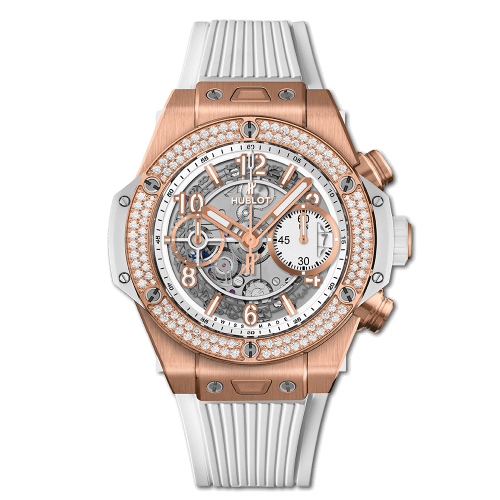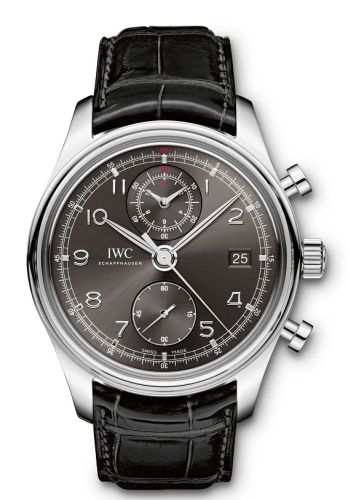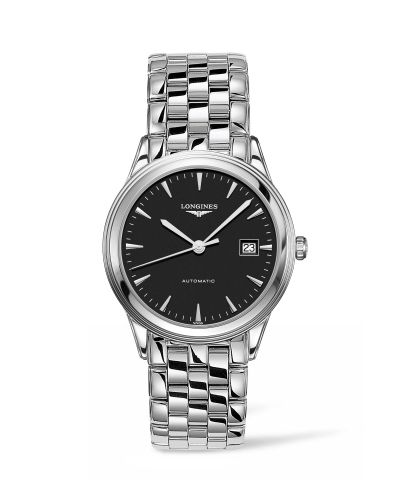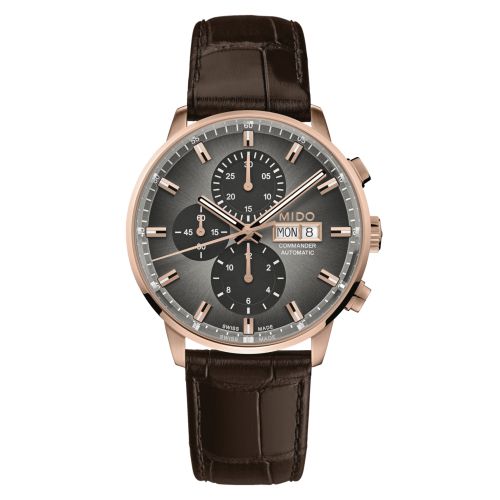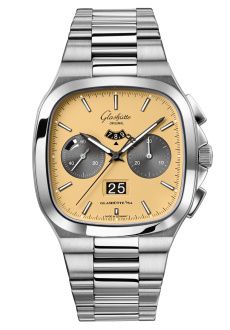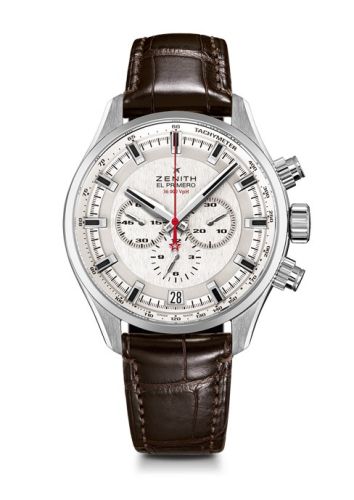
How does a mechanical watch work?
A mechanical watch is a marvel of engineering, relying on intricate mechanical components to measure time without the need for batteries or electronic circuits. At the heart of a mechanical watch lies the movement, which is a complex assembly of gears, springs, and levers that work in harmony to keep time accurately.
The fundamental component of this movement is the mainspring, a tightly coiled spring that stores energy when wound. When you wind the watch, either manually or through the motion of your wrist in automatic models, the mainspring releases energy gradually. This energy powers the entire mechanism, allowing it to function.
As the mainspring unwinds, it transfers its energy to the escapement, a critical part of the movement that regulates the release of energy in controlled increments. The escapement consists of a gear called the escape wheel and a lever known as the pallet fork. Each time the escape wheel makes a small rotation, it allows the pallet fork to catch and release, creating a precise tick-tock sound. This process not only divides time into consistent intervals but also keeps the gears moving at a stable rate.
Connected to the escapement is the balance wheel, a miniature wheel that oscillates back and forth. The balance wheel, along with a small hairspring, forms a pendulum-like system that helps maintain the watch’s accuracy. The interaction between the balance wheel and the escapement ensures that the wheels move in a controlled manner, translating the energy from the mainspring into the smooth movement of the watch hands.
As energy flows through the movement, it travels through a series of gears and wheels, each designed to reduce the speed of the energy transfer and translate it into the movement of the hour, minute, and second hands. The intricate design of these gears allows for precise adjustments, enabling the watch to keep accurate time.
Mechanical watches also often feature additional complications, such as date displays, chronographs, or moon phases, which are achieved by adding extra gears and mechanisms that work in tandem with the main movement. Each complication adds to the complexity and artistry of the watch, showcasing the skill of the watchmaker.
Finally, the casing of a mechanical watch protects its delicate components while allowing the wearer to admire the craftsmanship through a transparent case back or a beautifully designed dial. As the hands sweep gracefully across the face of the watch, they reflect not just the passage of time, but also the rich history and tradition of horology that has evolved over centuries, embodying a perfect blend of functionality and artistry.



